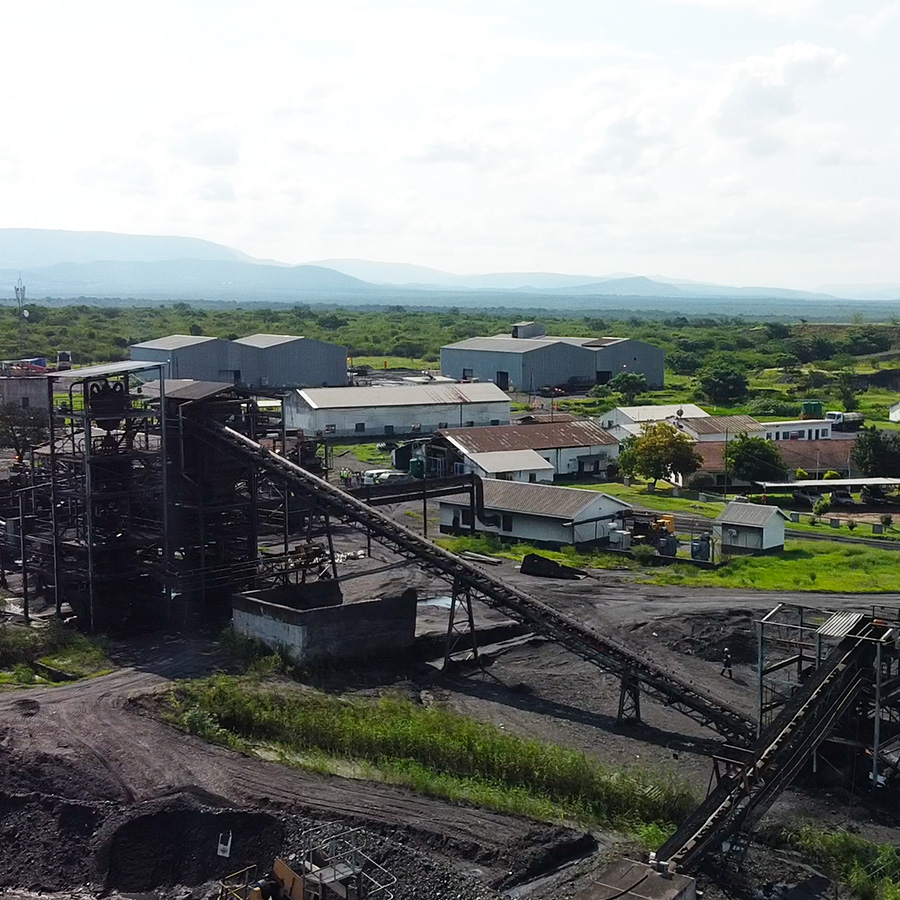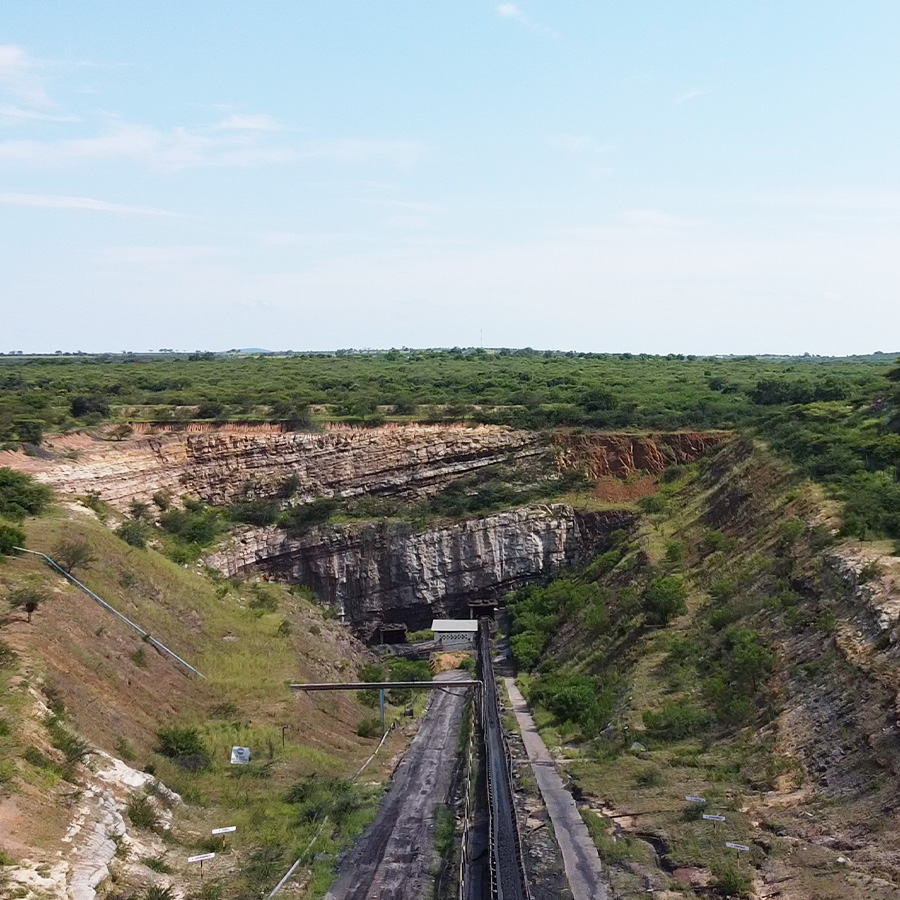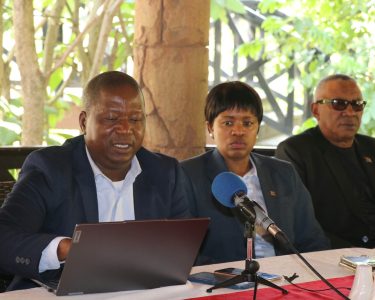
By Ntombi Mhlongo
The proposed extension of coal mining greater crown land by Maloma Colliery Limited (MCL) is set to contribute to the reduction of the 82 per cent unemployment rate at the Ndunayithini area in the Shiselweni Region.
This is contained in an environmental and social impact assessment and comprehensive mitigation plan report compiled by the Eswatini Environment Authority (EEA).
The MCL is a 100 per cent Swati-owned mining company having assumed the operations of the coal mine in 2021. The vision of the company is to be one of Africa’s leading mining firms.
In the EEA report, it is highlighted that the company has developed formidable partnerships with various stakeholders in the mining sector including the Mining Department, Natural Resources Department, communities, and local organisations.
Benefits
The MCL proposes expanding its mining operations into the greater crown lands in the Ndunayithini area under Qomintaba Umphakatsi. The report said it is believed that small and medium enterprises (SMEs) will benefit from the snowballing business opportunities coming with the expansion of the mine.
“The construction phase will have some positive attributes, especially the creation of employment opportunities to at least 100 people, some of whom will be sourced from the communities that are being affected by the project,” reads part of the report. It is mentioned that this positive impact will be very significant because the baseline study showed that the current levels of employment and poverty are quite high.
Read More: Exploring other mineral extracts could boost economy-Maloma Colliery
Vulnerable groups such as women, the youth, and persons with disabilities will stand a chance of participating in the construction of the different infrastructures for the project.
“The project will benefit the larger project areas as well as the country as a whole, by improving revenue generated by central government and relatively result in a significant contribution to the country’s gross domestic product (GDP),” it is highlighted.
Another positive contained in the report is that the likely negative impacts of the project could be mitigated, which will result in them being either minimised or even eliminated.
Effects
It is also stated that following that there are Ndunayithini residents at the surface of the GCL, the most highlighted conditions for mining are strict observance of the proposed mining plan and ensuring that seismic data is collected to ensure blasting is done without negative effects (noise and cracking of houses) on the people dwelling on the surface.

It has been recommended in the report that for the life of the mine, adherence to all the proposed mitigation measures should be prioritised.
“It is therefore concluded that the project is environmentally, socially and economically viable and may be allowed to go ahead, but with strict compliance with the environmental and social mitigation plan that has been developed,” it is highlighted in the report.
The expansion will cover 2 000 hectares of land in the crownlands. It has been proposed that the coal should be mined by underground mining methods known as board and pillar which is a technique used to ensure that the surface remains stable.
Anthracite
With such a technique, extraction is achieved by developing a series of roadways (bords) in the coal seam and connecting them by splits (cut-through) to form pillars that act as the primary roof support system.
Anthracite coal will be transferred via a conveyor belt from the underground to the surface infrastructure from where it will be processed and sent to its final destination by truck ad railway line near the Lubulini area.
Read More: Politics and ex-miners issues included on Mining Indaba agenda
It is said that extracted raw coal will be supplied directly to the local or export market, and or to the nearest Eskom beneficiation plant or colliery at a rate of approximately four million tonnes per annum of Run of Mine (ROM).
It is anticipated that the mine will be active for a total life of at least 35 years including rehabilitation and closing periods.
The project will help the country meet SDGs
The success of the expansion of the Maloma Mine will immensely benefit the Kingdom of Eswatini. In the assessment and evaluation report on the proposed expansion, it is highlighted that the project will play a significant role for the country in meeting the most economic of the sustainable development goals (SDGs).
The goals include promoting inclusive and sustainable economic growth, employment, and decent work for all as well as promoting sustainable industrialisation and fostering innovation.
“Although these are global in nature, the country is committed to being part of the global community in ensuring that the SDGs are attained by 2030,” reads part of the report.
It also highlights that the project is in line with the country’s Strategic Road Map developed in 2019 which identifies five priority themes for economic growth, one of them being infrastructure, investment, and innovation.
The priority areas, the report states, are meant to address three areas that are important to stimulate economic growth and these are GDP, job creation, and revenue.
“This project will contribute significantly to infrastructure, investment, and innovation. The Post-Covid-19 Economic Recovery plan identifies this project as one of those projected to contribute to the country’s recovery post the Covid-19 pandemic,” it is highlighted in the report.





